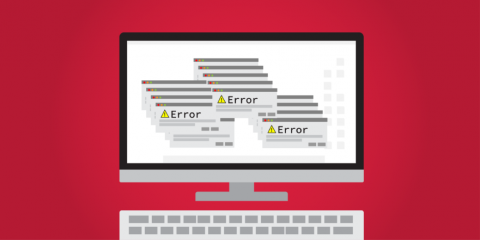How to Troubleshoot PHP Web Application Problems
Not all problems or issues in web development can be detected during development or testing. There are even web application errors that are hard to catch like runtime errors. Most PHP developers or server administrators will just look at the web server or database logs once an issue arises. They would just grep the logs for errors or timestamps in which the error occurred. This method of troubleshooting PHP problems requires a high technical skill and would take a long time to find the root cause.











